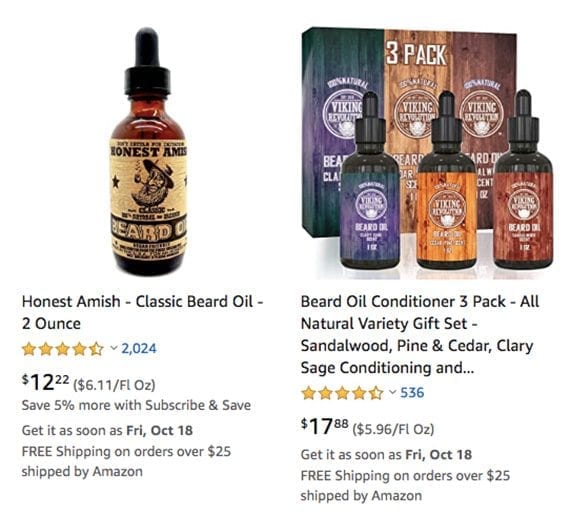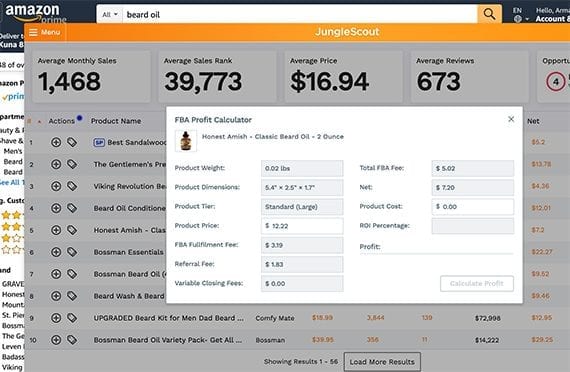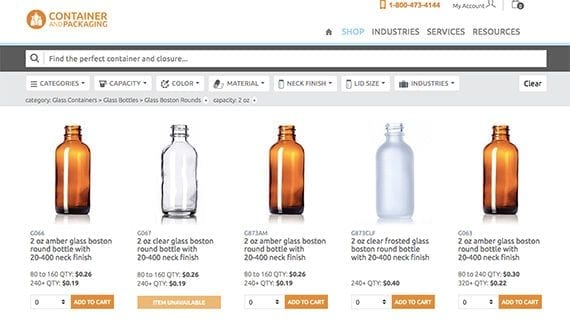Deciding if your direct-to-consumer product would be profitable is more than subtracting the product’s unit cost from the planned selling price. It requires estimating the full cost of bringing the product to market, selling it, and delivering it.
Direct-to-consumer ecommerce is a fast-growing segment of the retail industry. It includes traditional manufacturers that sell their own products. It can describe the private-label products of established retailers. And there are direct-to-consumer ecommerce companies that have products custom manufactured for sale on, say, marketplaces and their own websites.
In each case, the company goes through a product selection or development process. As a part of this process, it is important to identify the full cost of making, marketing, and selling the proposed item.
Direct-to-consumer ecommerce is a fast-growing segment of the retail industry.
Profitable, or Not
During an October 2019 Practical Ecommerce seminar, the question of profitable direct-to-consumer products came up. A member of the audience asked how she could make money selling a product that retailed for less than what it would cost to ship the item.
The presenters offered a few scenarios that could make her product viable, but, ultimately, not every product can or will be profitable in a direct-to-consumer ecommerce channel.
For this reason, estimating the full cost of selling the product is essential.
Selling Price
Start with the proposed item’s selling price. By considering the price, you could eliminate potentially unprofitable items earlier in the product selection or development process.
For example, if you want to sell beard oil on the Amazon marketplace, you would need to price your product at about $6.00 per ounce to compete, since, at the time of writing, Honest Amish Classic Beard Oil was selling for $12.22 for two ounces, and Viking Revolution was selling a three-pack of one-ounce beard oils for $17.88 or $5.96 per ounce.

Start with the target retail price for your direct-to-consumer item and work through the entire cost to determine if it would be profitable.
If your product cost is anywhere near the $6 per ounce selling price, you could quickly eliminate the beard oil from your list of potential direct-to-consumer products.
Operational Costs
Working backward from the target selling price, estimate the operational costs associated with selling and fulfilling the proposed item.
How much would it cost to ship your proposed product? Will there be fees associated with warehousing the item? How much labor will be required to process each order for the product? How much to maintain a website to sell this product? Are there channel-specific fees your business would have to pay?
Again, consider the example of selling beard oil on Amazon’s marketplace. Your beard oil would require a price of roughly $6 per ounce, and would probably sell in a two-ounce bottle, like Honest Amish.
Jungle Scout, a tool to identify market opportunities on Amazon, estimates that Honest Amish is incurring about $5.02 in fees, including Fulfillment by Amazon shipping costs. If you were planning to sell against Honest Amish, you would want to take these sorts of fees into account as you identify the full cost of your product.
Moreover, selling on Amazon requires a universal product code (UPC), which will set you back around $250.

Jungle Scout estimates that Honest Amish is incurring about $5.02 in fees, including Fulfillment by Amazon shipping costs.
Marketing Costs
Your business would need to market and promote its new direct-to-consumer product regardless of the selling channel.
Marketing costs may include pay-per-click advertising on Google or Amazon. There may be costs associated with content marketing, graphic design, public relations, or more.
Try to estimate these costs as you consider whether your product would be profitable.
For example, at the time of writing, you would have to spend about 80 cents per click for a product ad on Amazon targeting the exact phrase “beard oil.” A broad match would cost about $1.14.

Include the cost of advertising your product when you estimate the full cost of selling it.
Packaging Costs
Bottles, lids, seals, labels, and cardboard all cost money. And these seemingly small expenses add up quickly.
To sell beard oil competitively directly to shoppers on Amazon, you would need to use Fulfillment by Amazon and offer Prime shipping.
FBA has specific packaging requirements for liquids (and many other product categories).
As an example, beard oil would need to be double-sealed or placed in a sealable bag. It will have to survive a drop test.
Even if you plan to ship the beard oil yourself, you would need a bottle, a lid or dropper, and a label. At Container and Packing, a container wholesaler, a two-ounce, amber glass Boston round bottle with a 20-400 neck was selling for 19 cents in 2019 for quantities of 240 or more.

Price every aspect of the packaging. For beard oil, the packaging includes the bottle, a dropper or lid, the label, and a seal. Source: Container and Packaging.
Product Cost
Finally, you are ready to estimate the full cost of the product. This will take some legwork. You may need to find a custom, private-label manufacturer.
There are at least 100 U.S. manufacturers for beard oil. Searching the Thomas Register, a supplier directory, would be a good place to start.
Once you have identified a supplier, decide if you want a custom formulation or, instead, use one of the company’s stock oils. A custom formula requires lab work, which will add to the cost. Based on the final ingredient list, you would get a price for the beard oil. In 2019, this could be about $1.20 per ounce.
The Full Cost
In short, not every product is suitable for the direct-to-consumer ecommerce model. Identify the full cost of the product for each potential selling channel.




